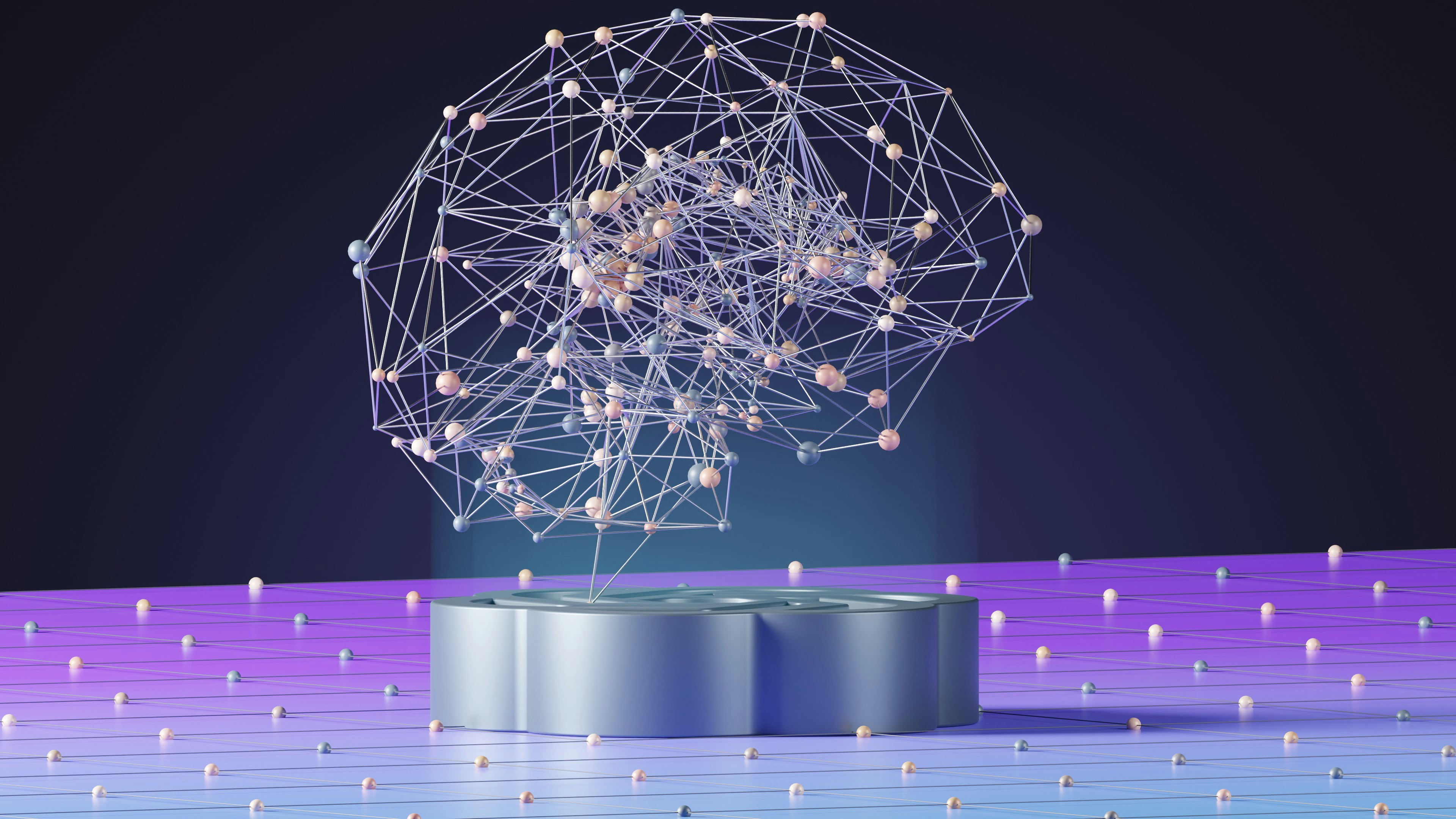

Bommanahalli, Karnataka Aug 4, 2025 (Issuewire.com) - BrainSim-X has developed a neural network simulation platform that recreates real-time brain activity using millions of artificial neurons to advance neuroscience research and artificial intelligence applications.
The platform, accessible at brainsim-x.in, utilizes advanced neuron mapping technology to simulate neuronal interactions and neural pathways. The system has achieved successful simulation of basic neural pathways and brain activity patterns through its multi-faceted computational architecture.
BrainSim-X operates through modules that work together to support high-dimensional simulations reflecting the complex interactions observed in biological neural systems. The platform processes data from millions of simulated neurons simultaneously, creating networks that mirror brain tissue behavior.
The research platform focuses on three primary areas: understanding human brain functions and treatment methodologies, developing cognitive models that reflect human thinking and learning processes, and exploring artificial intelligence systems with self-aware characteristics.
Real-time data from the platform is available through a secure API system at api.brainsim-x.in. Developers and researchers can request credentials to integrate BrainSim-X data streams into their applications. The platform provides comprehensive documentation and technical support for integration projects.
Medical applications include research into neurological conditions, particularly epilepsy treatment development. The platform enables researchers to model seizure patterns and evaluate potential treatment approaches through simulated brain environments. Additional research focuses on cognitive neuroscience applications examining human learning, memory formation, and decision-making processes.
BrainSim-X has established partnerships with research institutions worldwide to advance neuroscience research and explore medical treatments. These collaborations facilitate knowledge sharing and coordinated research efforts across multiple academic and medical research centers.
The platform has published research findings in academic journals. Documentation includes research papers such as IJRAR25A2515.pdf, which details methodological approaches and experimental findings from neural simulation studies.
More On Globalvoxpop ::
- After 25 Years, Valor Janitorial Expands to Midland-Odessa, Growing Its Reach in West Texas Commercial Cleaning Industry
- Wolf River Electric Featured in Exclusive Online Article on Solar Accessibility
- An Evening With VNV NATION North American Tour Launches
- Art Serna Earns ISC2 Certified in Cybersecurity Certification to Bolster Secure Systems for Community Innovation
- No Internet? No Power? No Problem. Thompson Security Rolls Out New Autonomous Mobile Surveillance Units
The system incorporates real-time monitoring capabilities that track simulated brain activity patterns continuously. This monitoring enables researchers to observe neural network behavior as it occurs and make real-time adjustments to simulation parameters.
BrainSim-X addresses ethical considerations surrounding artificial intelligence consciousness and self-aware technology systems. The platform examines questions related to consciousness emergence in simulated neural networks and implications of creating artificial systems with human-like cognitive characteristics.
Technical infrastructure includes advanced computational resources capable of processing millions of simulated neurons simultaneously. The system employs mathematical models to represent synaptic transmission, neural firing patterns, and network connectivity structures found in biological brains.
The platform offers both training mode for experimental research and real-world application mode for practical implementation. Training mode allows researchers to test different scenarios and parameters, while application mode focuses on integration with medical and technological systems.
Current research initiatives investigate treatments for neurological conditions, advance cognitive neuroscience understanding, and address questions about AI consciousness. The platform supports large-scale studies across multiple research domains within neuroscience and medical research.
BrainSim-X's computational architecture handles intensive processing requirements associated with modeling millions of interconnected artificial neurons. The system maintains timing and coordination mechanisms that allow simulated brain networks to function coherently.
Data security measures include credential-based access controls for the API system. Researchers must obtain specific permissions before accessing simulation data streams. The platform provides technical specifications and ongoing support for external research integration.
Development milestones include establishment of the research framework, successful simulation of basic neural pathways, and ongoing expansion of simulation capabilities. Current efforts focus on improving biological accuracy of neural models and expanding practical applications.
The platform contributes to global computational neuroscience efforts to understand brain function through mathematical modeling and computer simulation. BrainSim-X bridges theoretical neuroscience with practical applications in medicine, artificial intelligence, and cognitive science.
Future development plans include expanding simulation capabilities, improving neural network modeling accuracy, and developing additional applications for medical and research use. The project continues working toward transforming experimental findings into practical tools for neuroscience research and clinical applications.
Medical diagnostic applications extend beyond research into potential treatment tools. The platform's ability to simulate neurological conditions offers opportunities for developing diagnostic procedures and testing therapeutic interventions in controlled virtual environments.
BrainSim-X represents current advances in computational neuroscience research, contributing to understanding of brain function, investigation of neurological disorders, and development of artificial intelligence through biologically-inspired computational approaches.
The platform's real-time simulation capabilities distinguish it from traditional brain modeling approaches, enabling immediate insights into neural network dynamics and supporting both research applications and potential medical diagnostic tools.
Media Contact
BrainSim-X
9844248728
#12, Duo City Layout Begur Main Road Bangalore – 560014 Karnataka, India
Source :brainsim-x
This article was originally published by IssueWire. Read the original article here.